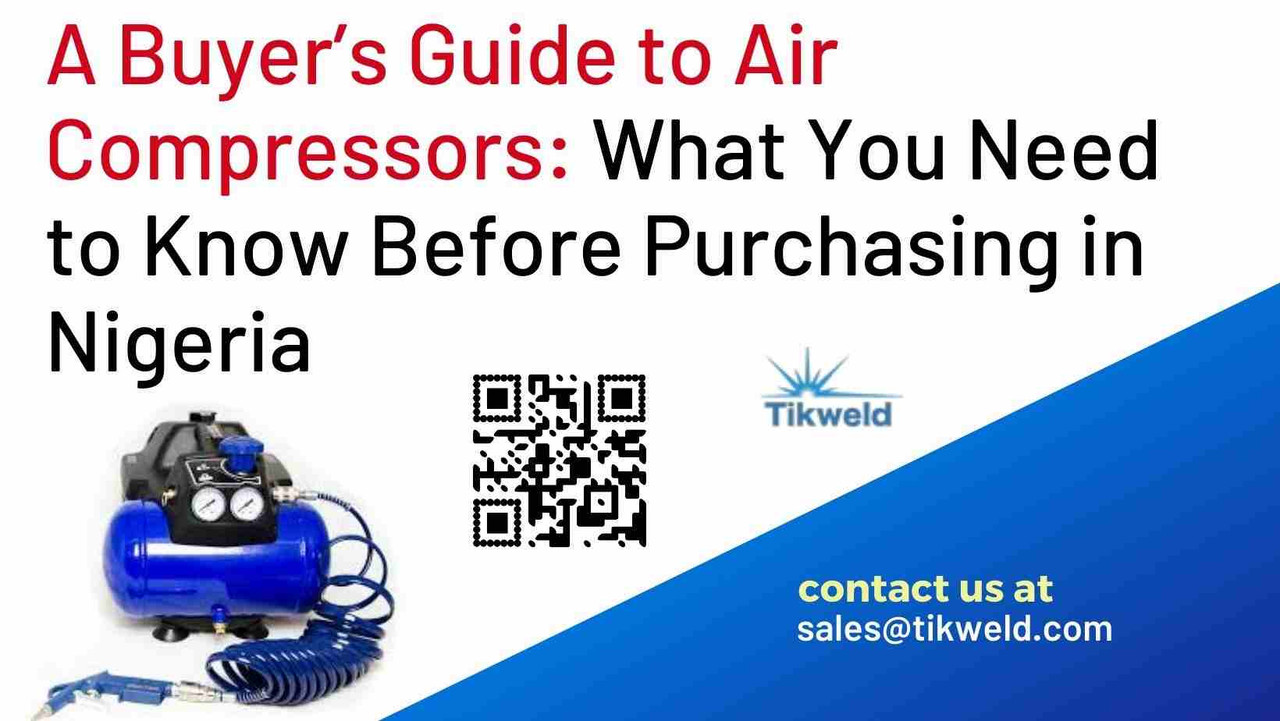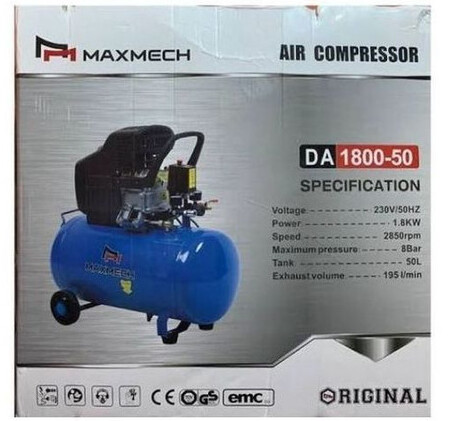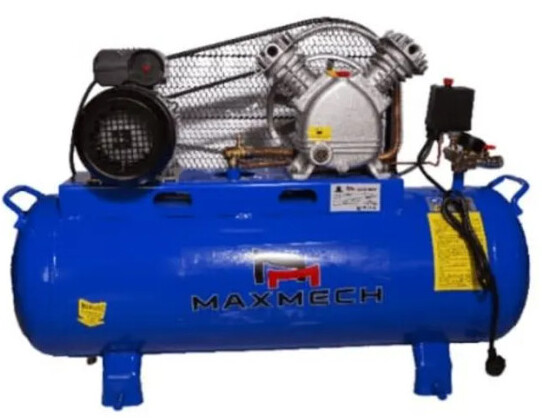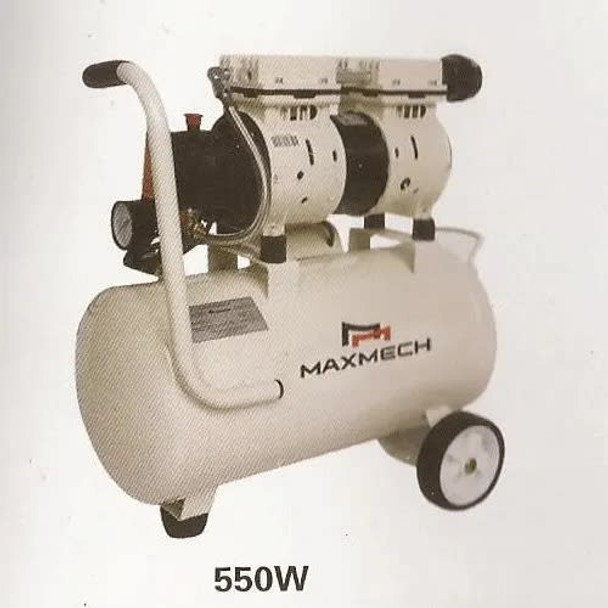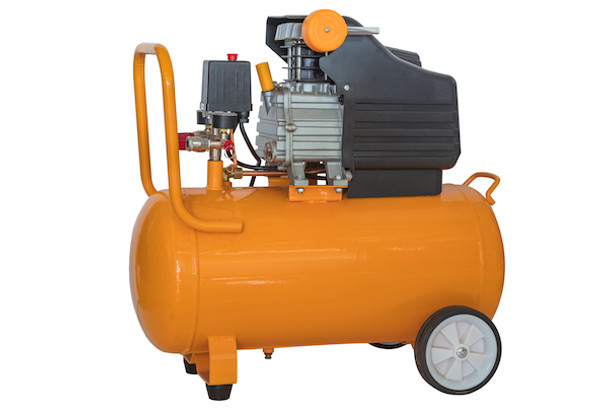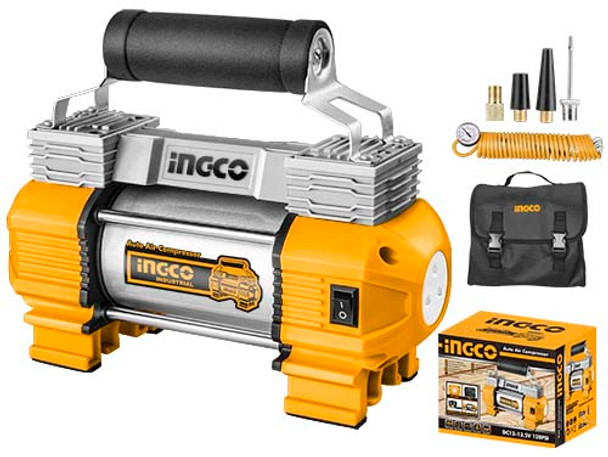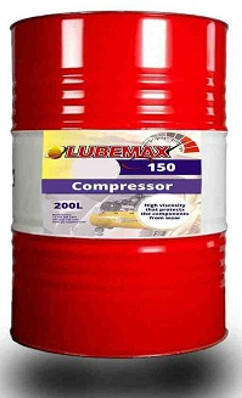A Buyer’s Guide to Air Compressors: What You Need to Know Before Purchasing in Nigeria
Key Takeaways
Introduction
An air compressor is a mechanical device that converts power, typically from an electric motor or diesel engine, into potential energy stored in pressurized air. This process involves compressing air into a storage tank, which can then be used to power various tools and equipment.
Air compressors are versatile tools essential for a wide range of applications, from powering pneumatic tools to inflating tires and spray painting. Whether you're a professional in the construction industry or a DIY enthusiast, choosing the right air compressor can significantly impact the efficiency and quality of your work. In Nigeria, where diverse needs and power conditions exist, selecting the ideal compressor requires careful consideration of factors like type, power source, and tank capacity.
This guide will help you navigate the key aspects of purchasing an air compressor, featuring top products like the Maxmech DA18000-50 with its 50-liter tank capacity and the Ingco AAC2508 Auto Air Compressor. These models are known for their reliability, performance, and suitability for various tasks, making them excellent choices for both professionals and hobbyists.
Maxmech Air Compressor Da 1800-50
Understanding Air Compressors
What is an Air Compressor?
An air compressor is a powerful and versatile machine that converts power into potential energy stored in pressurized air. This compressed air is then used to operate various tools and equipment, making it an essential component in industries ranging from construction and manufacturing to automotive repair and home improvement.
Key Components:
Motor: Powers the compressor and drives the compression mechanism.
Compressor Pump: Compresses the air and forces it into the tank.
Tank: Stores the compressed air.
Pressure Switch: Regulates the pressure and maintains it within the desired range.
Regulator: Controls the output pressure delivered to tools and equipment.
Understanding these components helps in selecting a compressor that fits your needs and ensures effective performance.
Types of Air Compressors
1. Reciprocating (Piston) Compressors
Reciprocating compressors are among the most common types, especially for smaller, intermittent use. They operate using a piston within a cylinder to compress air. As the piston moves up and down, it draws in air, compresses it, and forces it into the storage tank.
Advantages:
Cost-Effective: Generally more affordable than other types.
Versatile: Suitable for various applications from home use to small workshops.
Disadvantages:
Maintenance: Requires regular maintenance due to wear and tear on the moving parts.
Noise: Can be quite loud during operation.
Ideal Applications:
DIY projects
Small workshops
Automotive repair
Maxmech Air Compressor 100L
2. Rotary Screw Compressors
Rotary screw compressors use two interlocking helical screws to compress air. As the screws turn, they draw in and compress the air, which is then stored in a tank or delivered directly to tools.
Advantages:
Efficiency: More efficient for continuous, heavy-duty operations.
Durability: Typically has a longer lifespan and requires less maintenance compared to reciprocating compressors.
Disadvantages:
Initial Cost: Higher initial investment compared to reciprocating models.
Complexity: More complex machinery requiring specialized maintenance.
Ideal Applications:
Large workshops
Industrial environments
Continuous operation settings
3. Centrifugal Compressors
Centrifugal compressors use a rotating impeller to increase the velocity of air, which is then converted into pressure. These compressors are typically used in large-scale applications.
Advantages:
High Flow Rates: Capable of handling large volumes of air.
Efficiency: Suitable for continuous and high-pressure operations.
Disadvantages:
Cost: Expensive and more suited to large operations.
Size: Generally larger and less portable.
Ideal Applications:
Industrial plants
Large manufacturing operations
HVAC systems
MAXMECH 25L Air Compressor
Oil-Free vs. Oil-Lubricated Compressors
Oil-Free Compressors: These compressors do not use oil for lubrication, making them ideal for applications requiring clean air, such as in the food and pharmaceutical industries.
Oil-Lubricated Compressors: These use oil to lubricate the moving parts, enhancing performance and extending the compressor's life. However, they may require more maintenance and regular oil changes.
Choosing Between Them:
Oil-Free: Best for environments where air purity is crucial.
Oil-Lubricated: Suitable for environments where air quality is less critical, and durability is a priority.
Key Features to Consider
1. Capacity and Pressure
Capacity (CFM): Measured in Cubic Feet per Minute, capacity determines how much air the compressor can deliver. For applications requiring consistent air flow, higher CFM is essential.
Pressure (PSI): Measured in Pounds per Square Inch, pressure indicates how much force the compressor can generate. Higher PSI is necessary for heavy-duty applications.
Choosing the Right Capacity and Pressure:
Assess the tools and equipment you plan to use with the compressor.
Ensure the compressor's CFM and PSI ratings meet or exceed the requirements of your tools.
2. Power Source
Electric Compressors: These are powered by electricity and are generally used for stationary applications. They are quieter and require less maintenance compared to gas-powered models.
Gas-Powered Compressors: These are powered by gasoline or diesel and are ideal for portable applications where electricity may not be available. They are more rugged but can be noisier and require regular maintenance.
Factors to Consider:
Location: Choose electric compressors for indoor or stationary use and gas-powered for portable or outdoor use.
Availability of Power: Ensure that your location has a reliable power source for electric models.
3. Tank Size
Impact on Performance: Larger tanks allow for more compressed air storage, reducing the frequency of cycling on and off. This can improve efficiency and extend the life of the compressor.
Choosing the Right Size:Consider the duration and intensity of use. Larger tanks are better for continuous and heavy use.
For occasional use, smaller tanks may suffice.
4. Portability vs. Stationary
Portable Compressors: These are designed for mobility and are often smaller, with features like wheels for easy transport. They are suitable for DIY projects and small tasks.
Stationary Compressors: Larger and typically installed in a fixed location, these are ideal for workshops and industrial settings where mobility is less of a concern.
5. Deciding Based on Needs:
Portability: Choose if you need to move the compressor between different locations.
Stationary: Opt for if the compressor will be used in a fixed location and requires more capacity.
Maxmech Air Compressor WP-30F
Popular Air Compressor Models in Nigeria
Model Comparisons
When purchasing an air compressor in Nigeria, several popular models offer a range of features and price points. Here’s a comparative look at some of these models:
1. MaxMech DA1800-50
Type: Reciprocating
Capacity: 50L
Pressure: 8Bar
Features: Heavy-duty construction, oil-lubricated, reliable for industrial use.
Price Range: Mid to high
Pros: Known for durability and long-term performance. Suitable for demanding industrial applications.
2. MaxMech BA 1500-50
Type: Reciprocating
Capacity: 100L
Pressure: 8Bar
Features: Energy-efficient, low noise levels, suitable for continuous operation.
Price Range: High
Pros: Great for businesses requiring continuous operation with minimal downtime.
3. MaxMech 550W-25L
Type: Reciprocating
Capacity: 25L
Pressure: 8Bar
Features: Lightweight, portable, easy to use for small tasks.
Price Range: Low to mid
Pros: Affordable, portable, and ideal for home or light workshop use.
4. MaxMech 550w-18L
Type: Reciprocating
Capacity: 18L
Pressure: 8Bar
Features: Oil-lubricated, durable, good for small to medium tasks.
Price Range: Mid
Pros: Good balance between cost and performance. Suitable for various applications.
5. Ingco AAC2508
Type: Piston
Power: 12V
Pressure: 120PSI
Features: Compact design, easy to store, and transport.
Price Range: Mid
Pros: Compact and efficient for various home and light industrial uses. Cons: Not suitable for high-demand industrial applications.
Ingco AAC2508 Auto Air Compressor
Brand Reviews
In Nigeria, some brands are renowned for their reliability and performance. Here are brief reviews of reputable brands:
1. Maxmech
Known for its industrial-grade reliability, Ingersoll Rand offers a range of compressors suitable for heavy-duty applications. Their models are durable and often feature advanced technology for energy efficiency.
2. Ingco
Ingco compressors are celebrated for their efficiency and innovation. They provide a range of options from portable models to large industrial units, catering to various needs.
3. Bosch
Bostitch is a well-regarded brand for portable and budget-friendly options. Their compressors are ideal for DIY enthusiasts and small-scale applications.
4. Makita
Makita compressors are known for their durability and performance. They offer a good balance between cost and functionality, making them a popular choice for home workshops and small businesses.
5. Stanley
Stanley provides reliable and practical solutions for home and light industrial use. Their models are user-friendly and effective for various applications.
Choosing the Right Air Compressor
1.Assessing Your Needs
To choose the right air compressor, assess your specific needs by considering the following factors:
Type of Work: Determine whether you need a compressor for light home tasks or heavy industrial applications.
Tool Requirements: Check the CFM and PSI requirements of the tools you will be using.
Frequency of Use: Decide if you need a compressor for occasional or continuous use.
2. for Choosing the Right Compressor:
Identify the type of compressor that fits your needs (reciprocating, rotary screw, centrifugal).
Choose a model with adequate capacity and pressure for your tools.
Consider the power source and whether portability is important.
Evaluate the tank size and maintenance needs based on your usage.
3. Budget Considerations
Air compressors come in various price ranges, from budget-friendly portable models to high-end industrial units. Here are some tips to get the best value:
Define Your Budget: Establish how much you are willing to spend and find models within that range.
Compare Features: Assess the features of different models and weigh them against your budget.
Look for Deals: Search for promotions or discounts from reputable suppliers.
LubeMax Compressor 150 200L
Installation and Setup
Installation Tips
Proper installation is crucial for the efficient operation of your air compressor. Follow these basic steps:
Location: Choose a well-ventilated area to prevent overheating.
Mounting: Ensure the compressor is securely mounted if it’s a stationary model.
Power Supply: Verify that the power supply matches the compressor’s requirements.
Common Pitfalls:
Improper Ventilation: Can lead to overheating and damage.
Incorrect Power Supply: May cause operational issues or damage.
Safety Precautions
Avoid Overloading: Do not exceed the compressor’s capacity.
Regular Checks: Inspect for leaks and wear regularly.
Ventilation: Ensure proper airflow to prevent overheating.
Frequently Asked Questions
1. What is the difference between oil-free and oil-lubricated compressors?
Oil-Free Compressors: Use air-suitable materials to avoid contamination, ideal for clean air applications.
Oil-Lubricated Compressors: Use oil to reduce friction and wear, better for longer use but requires maintenance.
2. How do I determine the right CFM and PSI for my tools?
Check the specifications of your tools to find their CFM and PSI requirements, and choose a compressor that matches or exceeds these ratings.
3. Can I use a gas-powered compressor indoors?
No, gas-powered compressors produce exhaust fumes and should only be used in well-ventilated or outdoor areas.
4. How often should I perform maintenance on my compressor?
Routine maintenance should be performed regularly, including checking oil levels, air filters, and pressure settings, typically every 50-100 hours of operation.
Other Related Articles
Quiet Air Compressors for a Peaceful Workspace: A Comprehensive Review
Demystifying Air Compressors: How Do They Work?
Conclusion
Choosing the right air compressor involves understanding the types available, assessing key features, and evaluating models suited for your needs. Whether you’re looking for a compact, portable option or a high-capacity industrial model, this guide provides the information necessary to make an informed decision.
Check for leaks, ensure the air filter is clean, and verify that the pressure switch is functioning properly. Consult the user manual or a professional if the problem persists.For high-quality air compressors and expert advice tailored to your needs, visit Tikweld Welding Supplies at Tikweld. Whether you're outfitting a workshop or seeking reliable equipment, Tikweld offers a range of options to meet your demands. Explore our selection and get in touch with our experts today to find the perfect air compressor for your application.

